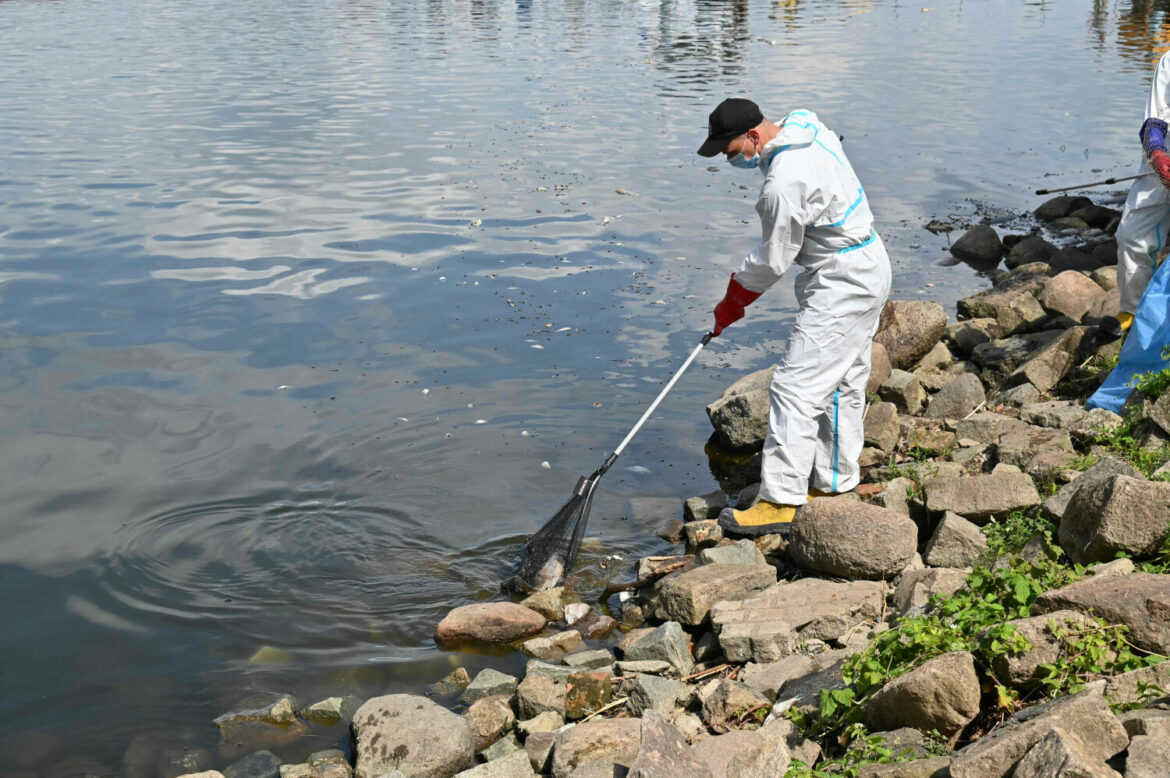Scientists from the Silesian Water Centre at the University of Silesia in Katowice, together with researchers from the University of Szczecin, carried out a study of the Odra from Ostrava to Szczecin in July. The results of their work may help discover the causes of the river’s pollution. The research rafting trip was organised jointly with the Why Not Foundation.
Due to low water levels, the rafting trip started in Ostrava in canoes, followed by the launch of the UŚKA II research boat in Kędzierzyn-Koźle. During the expedition, the researchers travelled a distance of approximately 80 kilometres every day, taking detailed measurements approximately every 1 km. The aim of the research expedition was to comprehensively analyse the condition of the river.
Physicochemical measurements of the river water were made using multi-parameter submersible probes, measuring dissolved oxygen concentration; chloride concentration; pH level; REDOX potential; conductivity; turbidity and chlorophyll phycocyanin. In addition, water samples were taken at selected sites for analysis by accredited laboratories and material for diatoms (algae).
Thanks to the measurements carried out, it will be possible to determine whether dangerous substances were already present in the Odra River in mid-July and whether the water parameters indicated a threat to living organisms. The results of the work of experts from the University of Silesia and the University of Szczecin will allow a picture to be established of the state of the Odra River along most of the course of the river from the period just before the disaster or from its beginning.
Thanks to the analyses conducted, it will be possible to make laboratory measurements covering the concentration of sulphates, chlorides, orthophosphates, ammonium nitrogen, nitrate nitrogen, chromium (VI), arsenic, antimony, calcium, magnesium, sodium, iron, manganese, zinc, cadmium, lead, chromium, copper, nickel, cobalt, barium, boron, beryllium, aluminium, vanadium, molybdenum, silver, thallium, titanium and tin, as well as nitrogen by the Kjeldahl method and total phosphorus.
Arkadiusz Słomczyński





